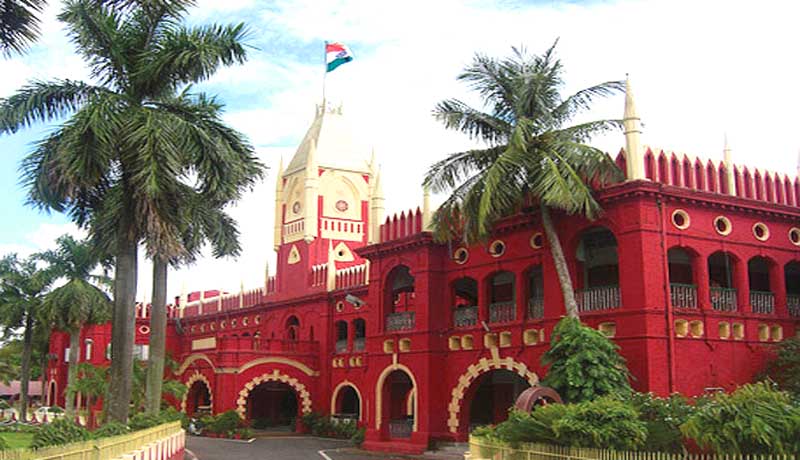New Delhi: The Orissa High Court is heading towards an unprecedented situation wherein justice delivery would receive a major jolt as the working strength of judges in the HC will be less than 50 per cent by mid-July this year.
The HC, which is currently functioning with only 15 out of sanctioned strength of 27 judges, will bid adieu to two more judges within a month. As per sources, Justice Pramath Patnaik would retire by June 11 while Justice Sanju Panda will bid adieu to the apex court of the state by July 10, 2021 after attaining the retirement age of 62. Following the retirement of these two judges, the HC’s working strength will come down to 13, which is less than 50 per cent of its sanctioned strength of 27.
The court already has huge backlog of cases – over 1.75 lakh. With the scarcity of judges, the backlog of cases would pile up further resulting in delay in providing justice to the people of the state.
Earlier, the HC Registrar had stated in the Supreme Court that the vacancies in the High Court are to be filled from two sources – 18 from the Bar and nine from the Higher Judicial Service of the state. By mid-July, the vacancy position from the Bar segment will be 10 and from service segment will be four.
In order to address the emerging situation, the High Court collegium, sources said, has sent a batch of names as recommendation to the government and the Supreme Court Collegium for appointment as judges in the HC. However, how much time the entire process will take is anyone’s guess. Earlier, it has been noticed that the entire process of appointment used to take more than six months.
Ad hoc judges as alternatives
The Supreme Court had in April this year activated the provision of the Constitution, Article 224-A that deals with the appointment of ad hoc judges. The apex court ruled that to mitigate the high pendency of cases, the high courts should consider appointing retired judges as ad hoc judges for the tenure of around two years to clear the backlog of cases.
The Article 224-A says, “If by reason of any temporary increase in the business of High Court or by reason of arrears of work therein, the Chief Justice of the High Court, with the previous consent of the President, can request duly qualified persons to be additional judges of the court for such period not exceeding two years as he may specific.”
The apex court has also issued certain guidelines for the appointment of ad hoc judges. The top court held that the trigger point for activation of Article 224-A can arise when the vacancies are more than 20 per cent of sanctioned strength and more than 10 per cent of backlog of pending cases are over five years old.
Significantly, in the case of Orissa High court, the vacancies will be more than 50 per cent in July.
Similarly, 25.14 per cent (44,215) of backlog of pending cases in the HC are over five years old. The apex court also ruled that the process of recommendation of ad hoc judges should be completed in three months.
Kuldeep Singh, OP
